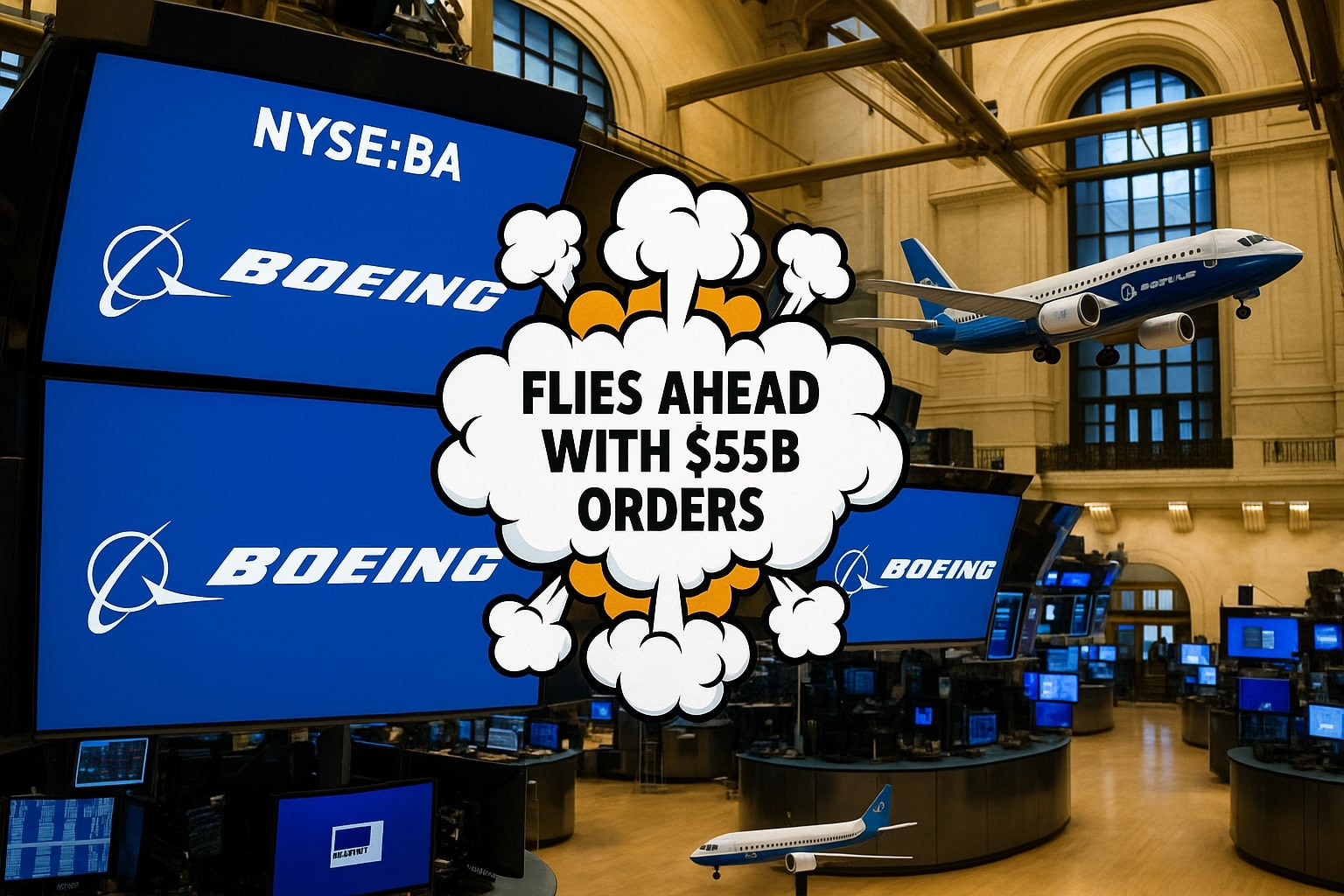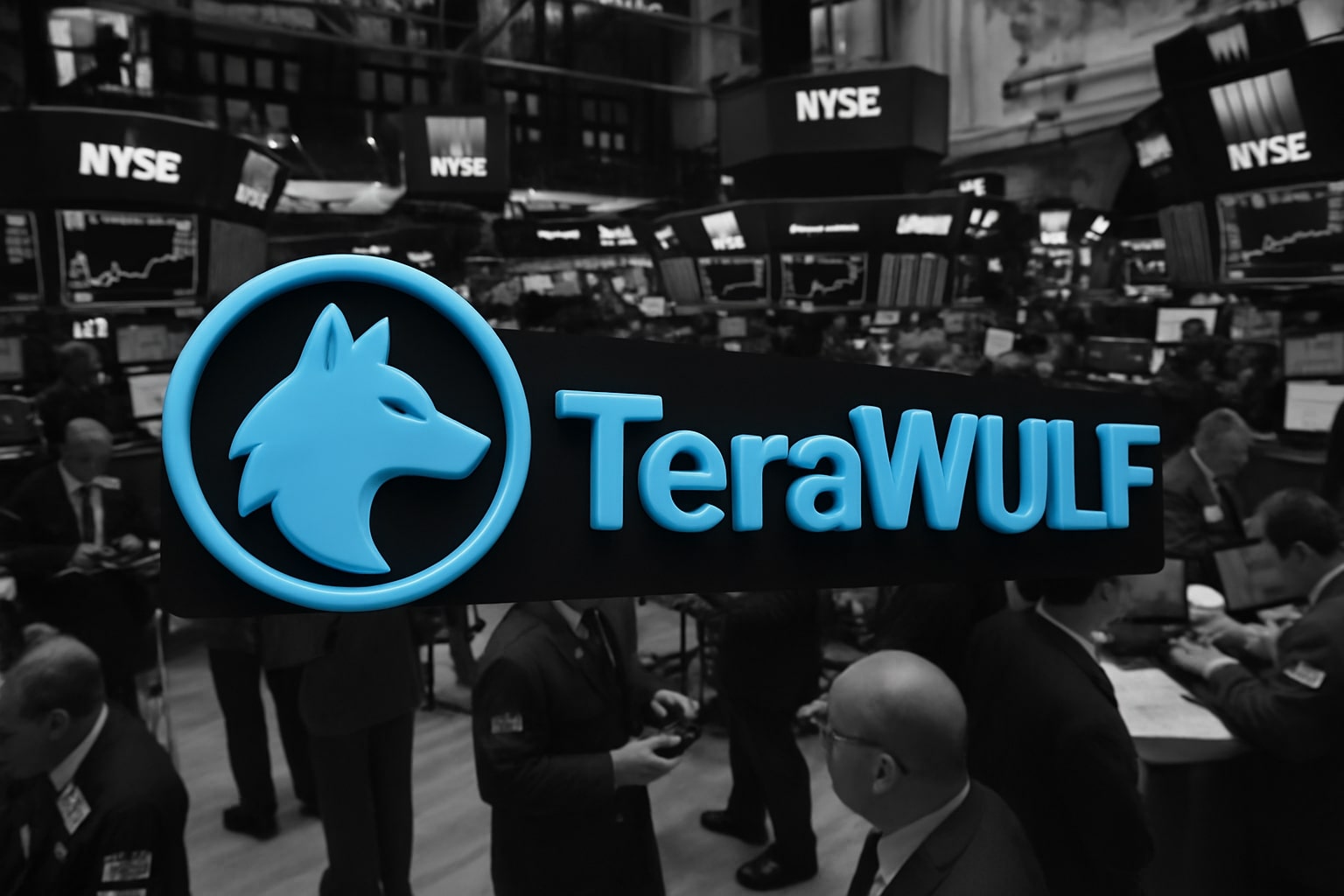Strong Aircraft Demand Lifts Momentum for Boeing (NYSE:BA)
NYSE:BA Surges on Aggressive Order Intake and Widebody Upside
The stock price of Boeing (NYSE:BA) has outpaced the broader S&P 500 in 2024, gaining nearly +13% year-to-date, while the index rose a modest +1.6%. What’s driving this outperformance is not a mystery: Boeing has locked in one of the most aggressive net order books in recent memory, highlighted by 303 gross aircraft orders in May, a staggering contrast to just three net orders in the same month last year. With net orders valued at $32.5 billion in May alone, the company is reasserting its global dominance in both the single-aisle and widebody market segments.
Qatar Airways delivered the knockout punch that reshaped the May numbers: 30 Boeing 777X, 45 Boeing 787-9, and 75 Boeing 787-10, creating a ripple across Boeing's commercial backlog. However, only 150 of the 210 reported units were formally booked due to 50 optional orders and 10 aircraft already logged in March. Still, this remains Boeing’s largest order tally since the pandemic, pushing year-to-date gross orders to 552, with only 40 cancellations, equating to a net order value of $55.1 billion.
737 MAX Sales Dominate as Unidentified Buyers Pile In
Beyond Qatar, momentum is fueled by unidentified customers. Over 119 Boeing 737 MAX aircraft were ordered in May by unknown buyers. This trend reflects renewed confidence in the MAX platform, even amid regulatory overhang and the fallout from past incidents. AviLease contributed 20 MAX orders, WestJet added seven, though also cancelled two, and Air Europa cancelled one unit.
Order momentum isn’t just about raw numbers—it’s the mix. Widebody orders now comprise a larger share of the total, driving up Boeing’s revenue potential per unit. Compared to last year’s $10 billion net order value by May, this year’s $55.1 billion tally signals a +450% YoY increase.
Aircraft Deliveries Stabilize Above 40 Units Per Month
Boeing delivered 45 aircraft in May, including 32 737s and 13 widebody jets, totaling $3.6 billion in aircraft value. Of the widebody group, there were five 777F freighters and seven 787-9s, while single-aisle output included 31 737 MAXs and a P-8A Poseidon.
This makes it the third consecutive month with delivery volume above 40 units, a threshold not achieved consistently since before the pandemic. Year-to-date, Boeing has delivered 220 aircraft valued at $16.5 billion, compared to 131 units and $9.5 billion in the same period last year.
The book-to-bill ratio remains bullish at 6.7x by unit count and 9.0x by value in May. Year-to-date, it sits at 2.5x and 3.5x, respectively—pointing to overwhelming demand over current delivery capacity.
FAA Caps Continue to Limit NYSE:BA Ramp-Up Potential
Despite surging orders, Boeing’s production growth is still throttled. The Federal Aviation Administration (FAA) maintains a cap on 737 MAX output at 38 units per month, a restriction Boeing had hoped to lift in 2024. However, the Air India 787 crash—even though not MAX-related—is likely to stall that approval due to heightened regulatory scrutiny and optics.
This bottleneck delays the ramp-up to the anticipated 42-per-month rate, now unlikely to be reached before late Q4 or early 2026. Boeing executives have also withdrawn from the Paris Airshow, traditionally a major venue for firming new deals, further signaling a strategic retreat from public visibility amid safety concerns.
Insider Transactions Highlight Confidence in NYSE:BA Rebound
While operational volatility persists, insider activity provides clues about executive sentiment. Recent filings show selective purchases by directors at prices between $198–$205, indicating internal conviction that the long-term outlook remains intact.
On the stock profile page, cash flow projections and backlog metrics also highlight the depth of Boeing’s pipeline. With over $460 billion in commercial aircraft backlog and $62 billion in defense contracts, Boeing’s future revenue streams remain deeply underpinned.
Airbus Competition, But Boeing Pulls Ahead in Value Terms
While Airbus leads in total deliveries by 23 aircraft, it’s Boeing’s widebody strength and better product mix that wins in value. Airbus maintains an edge in narrow-body delivery due to its A320neo, and around 30 A220 aircraft—a category Boeing does not compete in. However, Boeing’s dominance in freighters and the 787/777 family lifted its delivery value to $16.5 billion, compared to $15.2 billion from Airbus, flipping the lead in monetary terms.
Even as Airbus held a slight 52% share of deliveries, Boeing claimed 52% of delivery value, driven by long-haul aircraft demand from Middle Eastern and Asian carriers.
Valuation Reflects Turnaround Optimism—But Still Demands Execution
The market is already pricing in part of this rebound. NYSE:BA’s market cap now stands at $160 billion, up from pandemic lows but still far from its 2019 peak of $240 billion. Free cash flow in Q1 remained negative at -$2.3 billion, with an operating margin of just 2.4%, but expectations remain high as production normalizes.
The company still carries $30 billion in net debt, but several catalysts—such as the potential divestiture of its digital aviation solutions unit for $10 billion—could materially improve the balance sheet. Once Boeing returns to a free cash flow positive posture, margins could normalize around 6–10%, potentially delivering $4.8 billion in net income annually, depending on volume recovery.
NYSE:BA Technical Picture Faces Resistance Near $210–$215
From a chart perspective, NYSE:BA has faced resistance around the $210–$215 level, struggling to decisively break out. Recent volatility post-Air India incident has capped upside, though momentum remains constructive. If the stock clears $215 convincingly, it could regain leadership status in the Dow Jones Industrial Average, of which it is a key member.
The 10-year average annual return of just +2.6% shows how long investors have been waiting for a turnaround, but with long-term revenue potential now backed by real orders and not just forecasts, Boeing could enter a new phase of recovery.
BUY / SELL / HOLD Verdict: Boeing (NYSE:BA)
The near-term risks remain real: FAA restrictions, elevated debt, production challenges, and safety headlines. However, Boeing is executing against those headwinds with steady delivery cadence, massive widebody deals, and one of the strongest net order books since 2018.
Given the stock’s valuation at ~37x EV/EBITDA, a moderate ramp in output and margin improvement could lead to multiple compression through cash flow growth rather than price pullback. The fact that insiders are buying, and institutional orders are accelerating, makes the setup compelling despite the regulatory overhang.
Verdict: BUY Boeing (NYSE:BA) with a near-term target of $230, conditional on breaking through the $215 technical ceiling and maintaining delivery pace above 40 units per month. Long-term upside hinges on margin expansion, debt reduction, and the FAA greenlighting 737 MAX production growth.



















